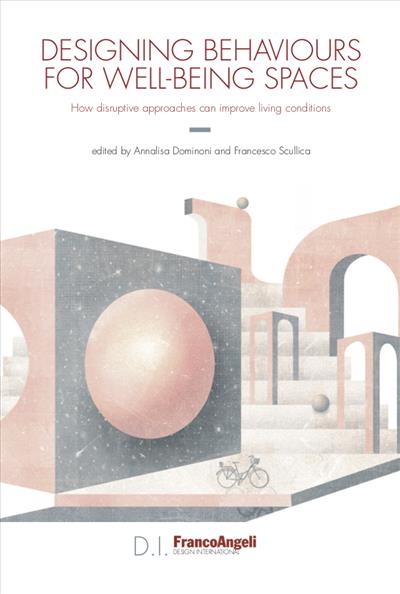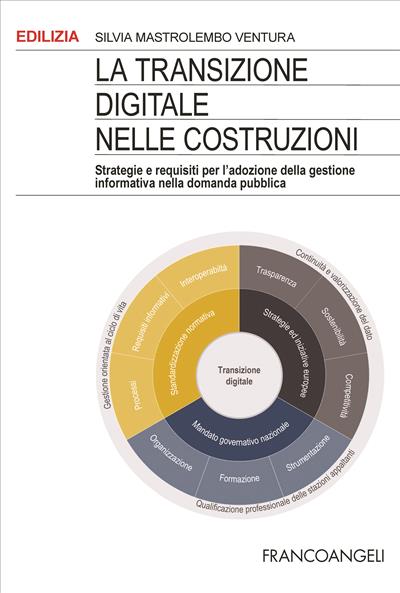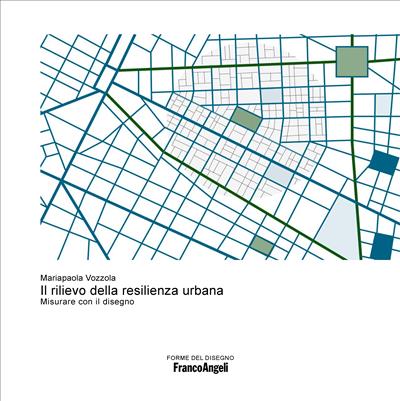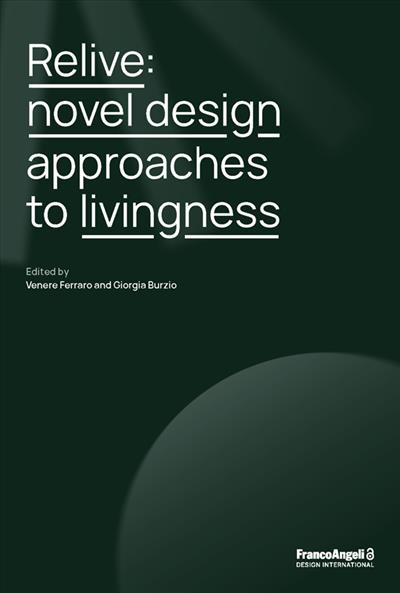
A cura di: Annalisa Dominoni, Francesco Scullica
Designing Behaviours for Well-Being Spaces
How disruptive approaches can improve living conditions
The book explores the radical transformation of living and working spaces, in which the hybridization of interior and exterior requires a new vision able to interpreter renewed people’s behaviours and needs, a challenging issue for the design discipline that has a multidisciplinary nature as well as a multiscale approach for both research and practice. Our ambition is to re-launch an aesthetic, sustainable, design-based approach to improve dwelling conditions, trying to implement care into different well-being dimensions – mental, physical, social, and global.
Pagine: 140
ISBN: 9788835133636
Edizione:1a edizione 2022
Codice editore: 10319.12
Informazioni sugli open access




